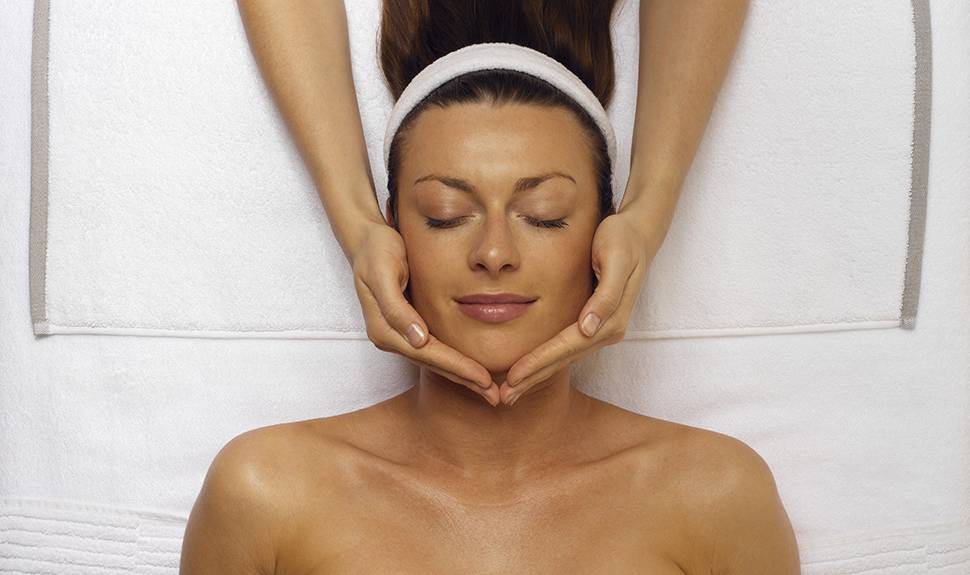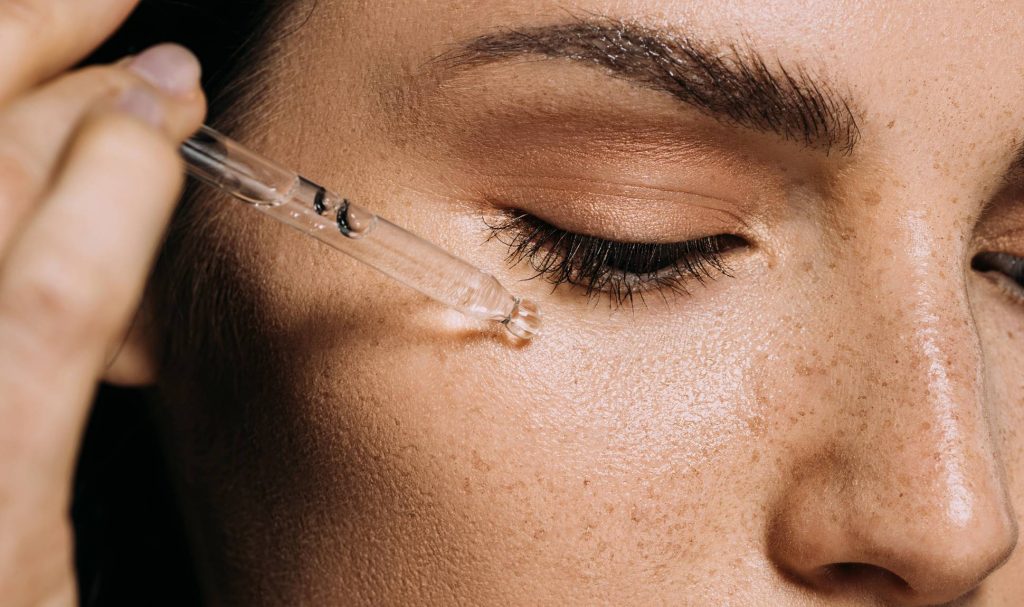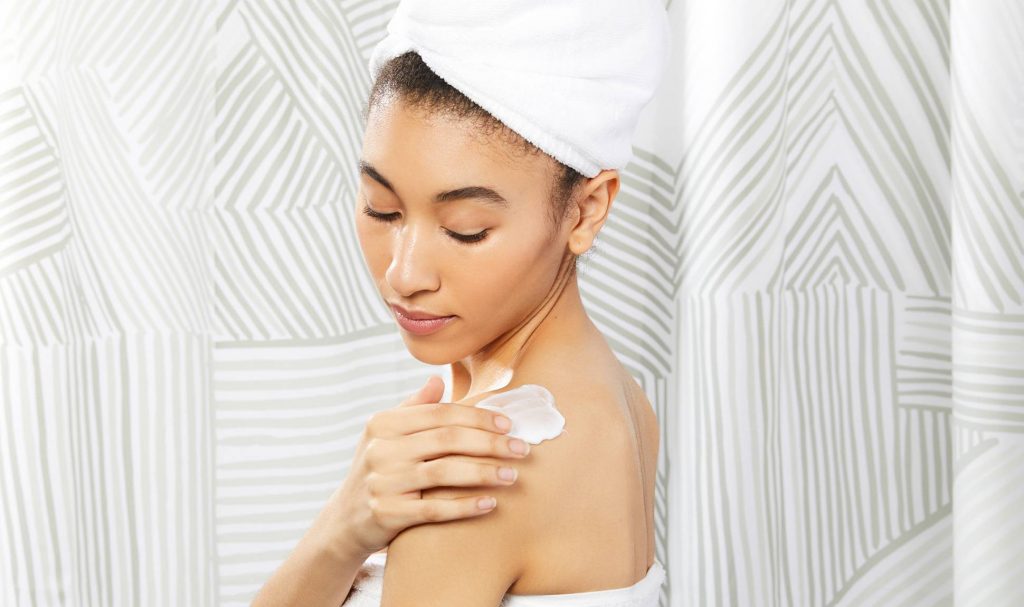Along with massage oils and face masks, facials are a mainstay of a spa day routine. But what exactly is a facial? Of course, it must have something to do with your face, but what’s the process behind it? What can facials do? Is there such a thing as getting a facial too often? We reached out to board-certified dermatologist, and Skincare.com consultant, Dr. Dhaval Bhanusali for the 411 on facials.
WHAT IS A FACIAL?

At its core, a facial is a spa therapy or massage that seeks to combat a cornucopia of skin concerns as they pertain to the face. These skin concerns can include blemishes, signs of aging, dehydration, and more. Depending on your skin type and current issues, your facialist can cater your facial to suit you best.
More often than not facials are performed by a skin care provider, either in office or at a spa. However, there are ways you can achieve the benefits of a facial right in the comfort of your own home. This “at-home facial” can include a cleansing, exfoliating, and masking session, alongside a facial massage. You can even learn a couple of facial massage techniques you can try at home, right here!
HOW DOES A FACIAL WORK?

“Facials use mechanical methods to cleanse pores and remove debris from skin,” Dr. Bhanusali says. Mechanical (or physical) exfoliation involves the use of tools—think: an abrasive sponge or loofah—to physically remove dead skin cells on the skin’s surface. Chemical exfoliation, on the other hand, involves the use of skin care products formulated with acids—think: salicylic acid or alpha hydroxy acids—to chemically remove pore-clogged debris and cells off the skin’s surface. Many people will opt for a chemical peel, which is a type of facial treatment performed in a dermatologist or esthetician’s office. However, a standard facial will likely involve mechanical exfoliation to reveal brighter, more luminous looking skin.
WHAT ARE THE BENEFITS OF GETTING A FACIAL?
There are plenty of beauty benefits to getting a facial. One of the biggest benefits of a facial is its ability to deep-clean your skin. When done by a professional, a facial—and extractions—can remove debris and gunk residing in your pores. As Dr. Bhanusali mentioned, facials often include an element of exfoliation as well, which can help reveal brighter, more radiant-looking skin. If you haven’t been able to curb the look of your dull skin, a facial may be calling your name. Depending on who you ask, a facial may even be considered an essential to maintaining the healthy look and feel of your skin.
Another benefit of facials has to do with relaxation. Your skin care provider will expose your skin to steam (to help dislodge pore impurities), massage your face, and help you to de-stress. Since feeling stressed can impact the look of your skin, taking an hour out of your hectic schedule every few months for a facial is just another way you can unwind and pamper yourself.
HOW OFTEN SHOULD YOU GET A FACIAL?

The million-dollar question! Now that you know what a facial is and how it can benefit your skin, it’s time to talk maintenance. How often should you get a facial? The jury’s out on an official timeline, but most skin care providers will suggest a facial on a regular basis such as once per month. “Much like a massage, facials should be thought of as skin maintenance in addition to your daily skin care routine,” Dr. Bhanusali says. “A gentle facial every month is fine, but you don’t need a harsh, overly-aggressive facial over and over.”
In fact, an excessive amount of facials can actually lead to more harm than good. Also keep in mind, when you’re getting a facial, it shouldn’t cause you pain. “The whole thing is supposed to be really gentle,” Dr. Bhanusali says. “If your facialist is really digging in, that could lead to problems.”




